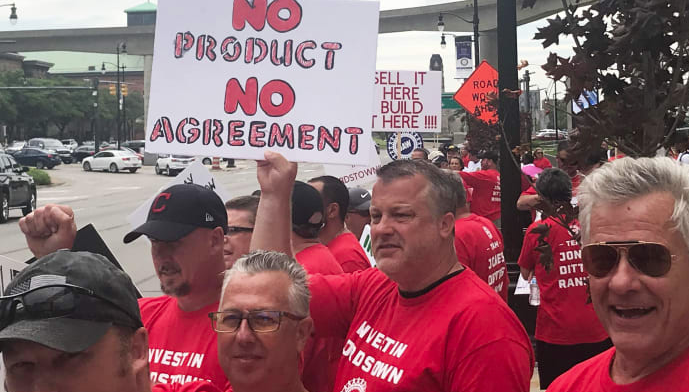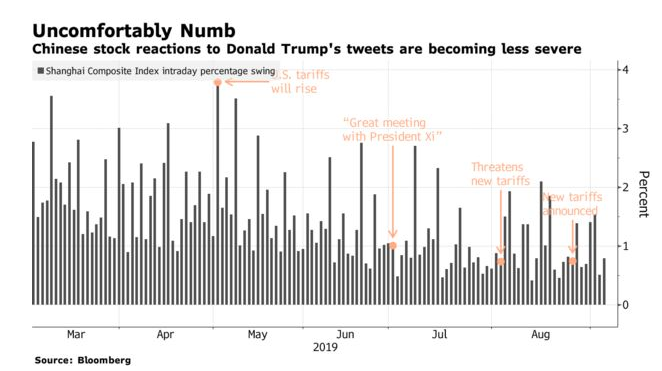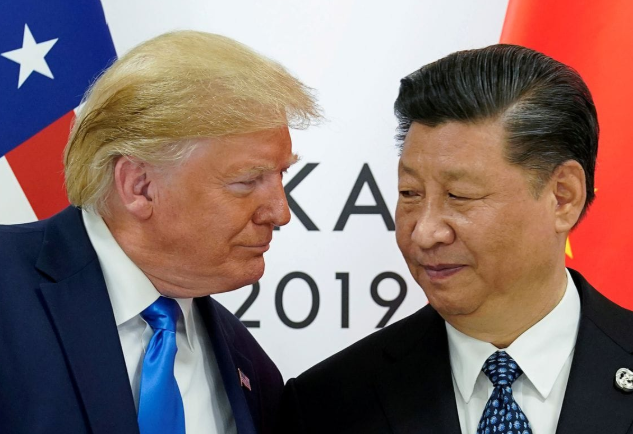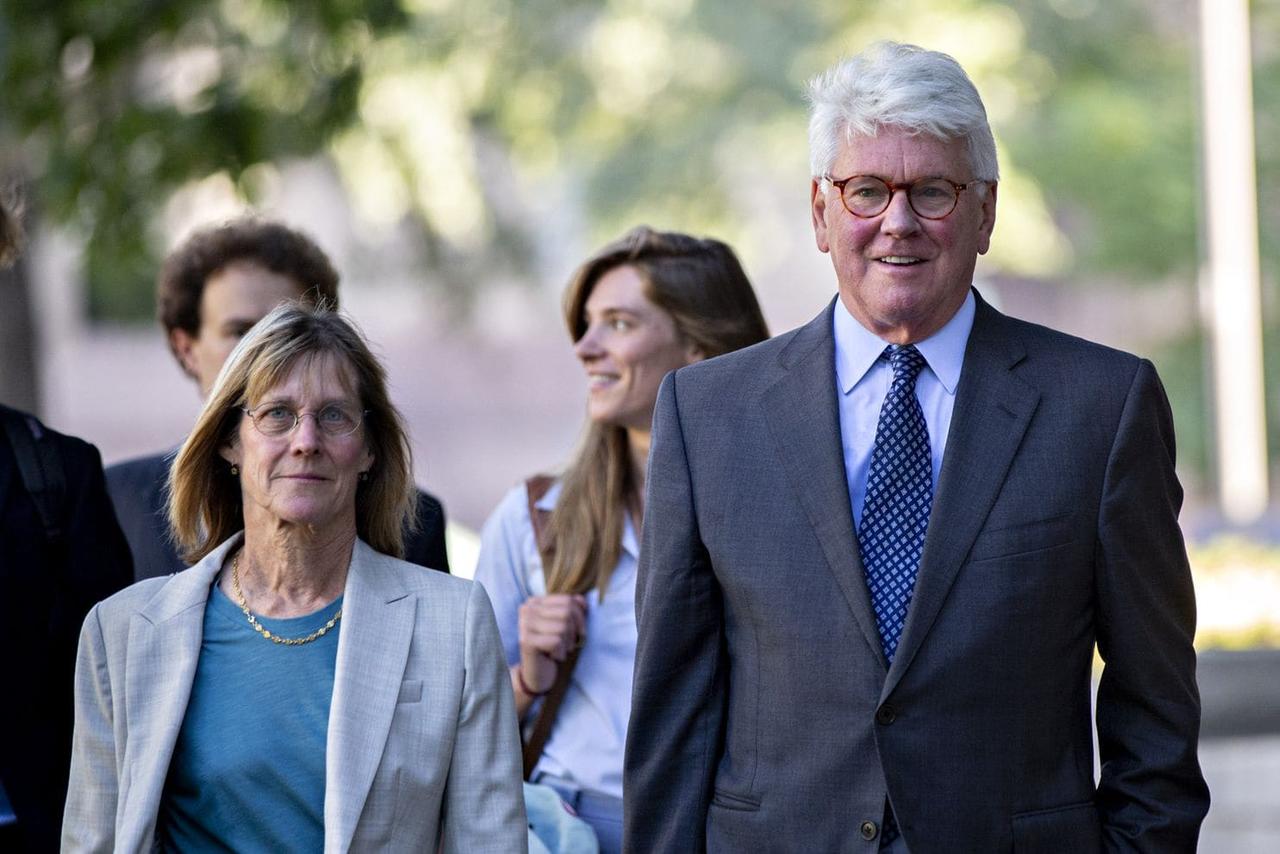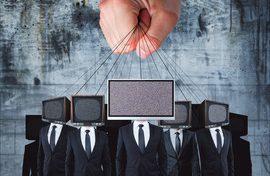Should gun manufacturers be liable for misuse of guns? Should printing press manufacturers be liable for misuse of presses? The answer to both questions is “no,” according to an amicus brief I filed today in support of a Supreme Court cert. petition. Amici include the Cato Institute, the Firearms Policy Coalition, several other civil rights organizations, and professors with expertise in the First and Second Amendments–including the VC’s Eugene Volokh and Randy Barnett.
The case is Remington v. Soto, an appeal from a 4-3 decision of the Connecticut Supreme Court. The 2005 federal Protection of Lawful Commerce in Arms Act (PLCAA) prohibits most lawsuits against firearms businesses. The protection does not apply to guns that are actually defective (e.g., a gun that accidentally fires even when the trigger is not pressed). Nor does PLCAA forbid suits where a firearms or ammunition manufacturer or seller “knowingly violated a State or Federal statute applicable to the sale or marketing of the product, and the violation was a proximate cause of the harm.” 15 U.S.C. § 7903(5)(A)(iii).
As the amicus brief details, PLCAA was enacted because a coordinated group of local government officials, aided and abetted by HUD Secretary Andrew Cuomo, had filed lawsuits against handgun manufacturers and firearms trade association intended to bankrupt them from litigation costs. Although the defendants had complied with all of the many laws about the manufacture and sale of guns (and the trade associations did not even make or sell guns), the government sought to impose liability based on on broad and nebulous tort theories, such as unfair trade practices, public nuisance, and so on.
After PLCAA became law, plaintiffs continued to bring suits based on the same theories, and alleged that the suits were allowed by the statutory exception for defendants who “knowingly violated a State or Federal statute applicable to the sale or marketing” of firearms or ammunition.
These suits were consistently rejected by the courts, which recognized that plaintiffs’ theory of the PLCAA exception would negate the rest of the statute. However, earlier this year a divided Connecticut Supreme Court held that Remington’s advertising for the Bushmaster AR-15 was a violation of Connecticut’s unfair trade practices statute. Therefore, Remington could be held liable for the 2012 murders at Sandy Hook Elementary School, in which the criminal used an AR-15 rifle that he stole from his mother after he murdered her.
As Remington’s cert. petition points out, the 4-3 Connecticut decision is contrary to the text and legislative history of PLCAA, and contrary to PLCAA cases around the nation. An amicus brief from several state Attorneys General describes the harm that the Connecticut decision does to PLCAA’s policy of cooperative federalism. The statutory interpretation arguments are elaborated in a brief by 22 members of the House of Representatives. Gun Owners of America concentrates on canons of statutory construction. The National Rifle Association and the Connecticut Citizens Defense League point out that allowing the Connecticut decision to stand will nullify PLCAA and lead to the destruction of the firearms industry. The National Shooting Sports Foundation–one of the trade associations that was targeted in the abusive lawsuits–addresses the doctrine of constitutional avoidance: if a statute can be interpreted in two ways, and one interpretation would raise serious constitutional problems, then the other interpretation should be preferred.
My brief provides a different perspective, examining PLCAA in the broader context of abusive lawsuits against the exercise of constitutional rights–in particular, the abusive libel suits that led to the Supreme Courts’s 1964 decision New York Times v. Sullivan.
As the brief explains, before and during the Civil Rights movement, abusive tort actions were used to silence newspapers that exposed abuses in the Jim Crow South. Civil rights
opponents retaliated against such papers through libel suits, even if the article was factually correct. The black press in the South had been targeted for decades and could not afford the costs of litigation. When the national media began significant coverage of civil rights in the South, it too was targeted. Weaponized suits deterred and punished out-of-staters from reporting on Alabama. Eventually, the Supreme Court had to quell the lawsuit abuse, starting with Sullivan, and with follow-up decisions for several years.
Just as abusive civil suits threatened the First Amendment before Sullivan, abusive civil suits began threatening the Second Amendment in the 1980s. Frustrated by insufficient progress in legislatures, gun control advocates brought many product liability suits
against firearm manufacturers and retailers. Although the plaintiffs won only one case, they succeeded in imposing heavy legal costs on the firearms industry.
In the 1990s, dozens of local governments coordinated new lawsuits with the express intention of destroying the firearms industry through litigation costs. Additionally, Secretary of Housing and Urban Development Cuomo organized federally funded housing
authorities to bring more suits. Several firearm manufacturers went bankrupt, and others were driven to the brink.
Finally, just as the Supreme Court halted the abusive lawsuits against the press in Sullivan, Congress enacted the Protection of Lawful Commerce in Arms Act to end
the abusive lawsuits against the firearms industry. Suits based on unfair trade practices and other amorphous theories were among those that Congress expressly intended to forbid.
In the instant case, the Connecticut majority held that Remington’s “militaristic marketing” was an illegal unfair trade practice. The holding strikes at the First Amendment as well as the Second. The notion that it is illegal for firearms advertisers to use “militaristic” themes is absurd. The exercise of the right to keep and bear arms
has always had a relationship to military use of arms. For example, the first clause of the Second Amendment is about “a well regulated militia.” Colonial assemblies, early state legislatures, and Congress in 1792 mandated that American citizens possess firearms and edged weapons. The federal and state arms mandates were not enacted by legislatures insistent that everyone go duckhunting. They were enacted so that the population
would have combat weapons. If guns were not useful for interpersonal fighting, they would not be “arms,” and would not be protected by the Second Amendment.
The wisdom of the American approach to widespread citizen possession of arms was vindicated in World War II, when Hawaii and Maryland relied on volunteer citizens, bringing their own arms, for defense against enemy invaders or saboteurs. Many of the most iconic firearms for American citizens got their start as military arms; these include Colt revolvers, the 16-shot Henry rifle of 1861, and the .30-06 bolt-action rifle (today, a hunting favorite, and in 1906, the U.S. Army service rifle).
Starting in 1903 with congressional creation of the Civilian Marksmanship Program and the National Board for the Promotion of Rifle Practice, the policy of the federal government has been to encourage and subsidize civilian proficiency with arms, particularly, military surplus. By the Connecticut Supreme Court’s theory, Congress itself was guilty of an unfair trade practice for using “militaristic” language to encourage citizens to arm themselves.
When the Supreme Court saw the problem of abusive lawsuits against the freedom of the press, the Court “revolutionized the American law of libel . . . in one sudden burst of federal judicial power.” (Rodney Smolla, Suing the Press 27 (1986)). The Remington case and its scores of predecessors are an even more egregious abuse of constitutional rights. New York Times v. Sullivan grew out of a 1960 advertisement in the Times that included some false statements about the actions of the Montgomery, Alabama, government, of which L.B. Sullivan was a commissioner. Mr. Sullivan sued the Times, which had published the false statements, but he didn’t sue the manufacturer of the printing presses that the Times had used to print the papers.
Suing gun manfacturers for third-party misuse is no more legitimate that suing printing presses for third-party misuse. The suit is all the more abusive in the Remington case, where there is no evidence that the reclusive, deranged criminal who stole the gun from its lawful purchaser had ever seen a Remington advertisement.
Constitutionally speaking, press manufacturers and arms manufacturers are equivalent. To “the Framing generation, the connection” between presses and arms was “commonsensical. The right to bear arms and the freedom of the press presented the exact same type of question for the Framers: can there ever be a natural right to a
man-made device? In the case of arms and presses, the Framers believed so.” Edward Lee, Guns and Speech Technologies: How the Right to Bear Arms Affects Copyright Regulations of Speech Technologies, 17 Wm. & Mary Bill of Rights J. 1037, 1049–50 (2009).
“It is not hard to imagine why the Framers singled out only these two technologies for constitutional protection. Madison and his contemporaries spoke about the two rights in the same breath, and often in similar ways describing them separately as private rights, the ‘palladium of liberty,’ and necessary or essential to a ‘free state.'” Id. at 1070. This is one reason why the First and Second Amendments were placed next to each other. Both safeguard natural rights—at least according to the Founders.
Imposing tort liability for third-party misuse would eliminate press manufacturers and arms manufacturers. It has always been known that presses and arms are sometimes misused. “As Madison said, ‘Some degree of abuse is inseparable from the proper use of
every thing.'” Sullivan, 376 U.S. at 271 (citing 4 Elliot’s Debates on the Federal Constitution 571 (1876)).
While the New York Times petitioners asked for a revolution in tort law to protect the First Amendment, the Remington petitioners are asking only for a faithful interpretation of a federal statute. In both cases, the stakes are the same: whether the Supreme Court will allow the misuse of tort suits to destroy an enumerated right.

from Latest – Reason.com https://ift.tt/2UuozqF
via IFTTT
